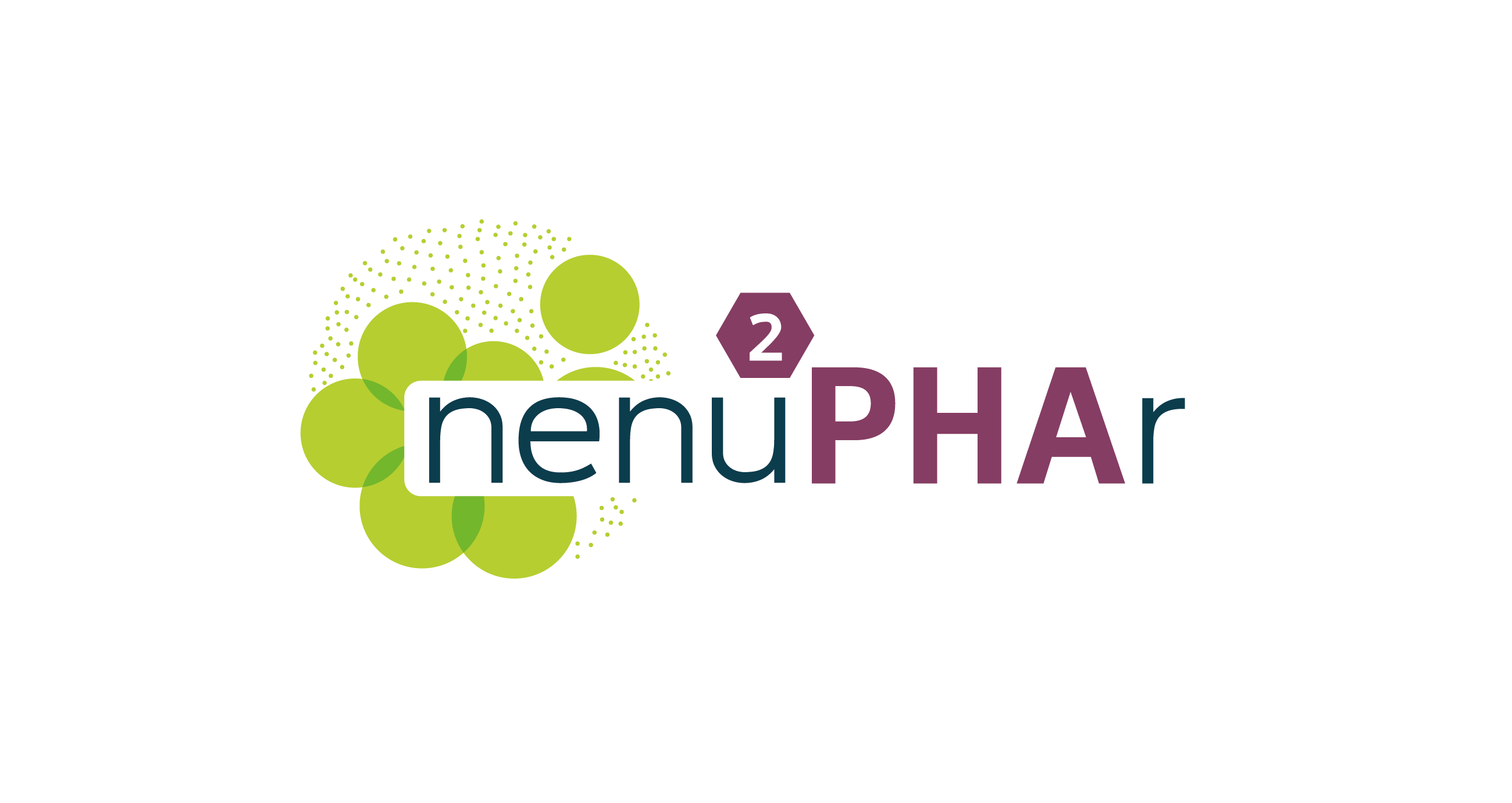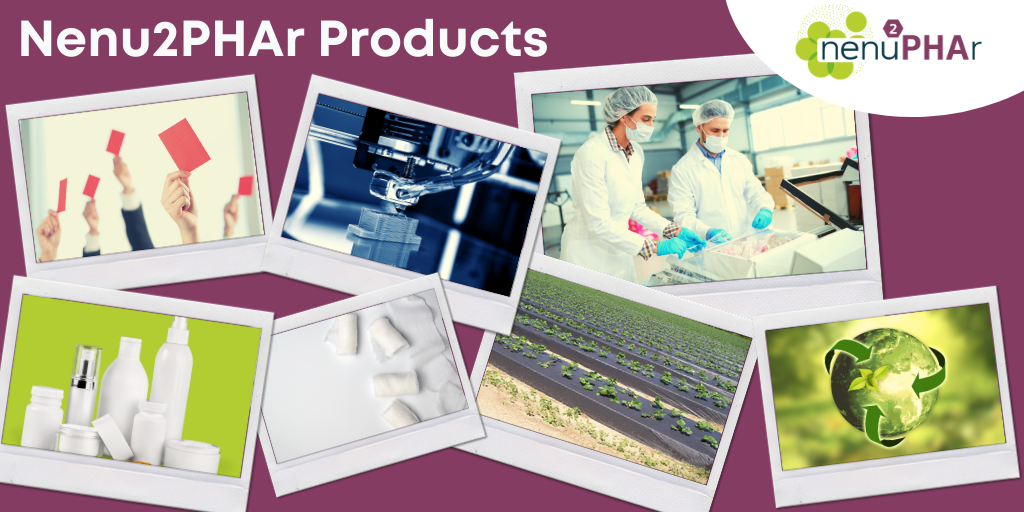Currently, the bioplastics market is continuously growing and diversifying, based on rising demand and the emerging of more sophisticated biopolymers, applications, and products. New and innovative biopolymers, such as PHA (polyhydroxyalkanoates) and PLA (polylactic acid), continue to show high growth rates. PHA are an important polymer family whose production capacities are estimated to increase almost tenfold in the next five years. These polyesters are bio-based and biodegradable in several environments and feature various physical and mechanical properties depending on their chemical composition. Technical progress is a real driver to enter the bioplastics market, but currently, bioplastic actors face significant economic & legal barriers. The importance of regulation, standards, and proper labelling is crucial; it gives the customer confidence that a product is reliable and safe to use, guaranteed for the authorized body, and world-wide-recognizable standards unify the product make it usable internationally.
NENU2PHAR will ensure the compliance of all legal requirements at both products and processes levels to meet the market specification. Under the coordination of LOMARTOV, partners have worked on defining the completely legal, regulatory framework, including REACH (Registration, Evaluation, Authorisation and Restriction of Chemicals) policies and Quality Management System relevant for the project value chain. All the results are gathered in the project’s first public deliverable: “Legal, regulatory, framework, REACH, and policies for plastic products and processes“. This work will be updated, focusing on standardization of products, safety, and social acceptance and will be completed with a market analysis.
The inventory of all relevant international and European policies is compiled and summarised into the following infographics. It gives an initial overview of the identification of international and European regulatory framework, standards and legal requirements, including REACH recommendations for the acceptance and utilization of NENU2PHAR products. It highlights the need to focus more on chemical safety aspects when designing truly “better“ plastic alternatives, which is a message that all plastics actors must keep in mind.
Plastic that comes in contact with food, agro-textile foils, medical devices and cosmetics packaging would have to demonstrate its safety for consumer use, breaking down the identified EU regulatory barriers, which must be accomplished from the beginning of the development. Additionally, although not in force, food packaging requirements are highly recommended for cosmetic packaging, which could, as well, condition material selection. Regarding medical devices, substances intended to be introduced into the human body and absorbed must be studied through specific pharmacological and toxicological tests.
The novel nature of NENU2PHAR developments makes that, in some cases, it does not exist yet a solid regulatory framework, which is also a strong barrier for product–market uptake, as for agro-textile mulch films, expected to be incorporated in Regulation (EU) 2019/1009 by 2024. Moreover, PHA is not classified as a natural polymer (according to ECHA definition from the guidelines on Monomer and Polymers under REACH), so it is under the scope of the “Single-use Plastic Directive”, which restricts its application in a large number of products. To conclude, this deliverable provides an overview of the regulation identifying potential barriers. It also provides suggestions to policy regulators on what needs to be improved to promote PHA market uptake. PHA is one of the most promising bioplastics.

